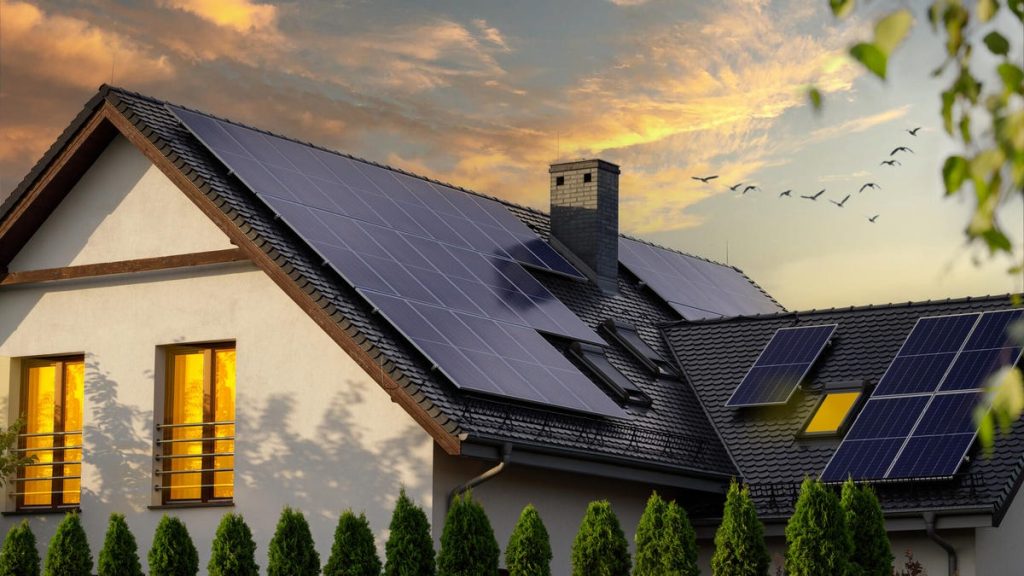As the US faces the possibility of energy shortages this summer, the country has achieved a significant milestone with a record number of solar installations. The Solar Energy Industries Association has reported that there are now over 5 million solar installations in the US, a drastic increase from 1 million in 2016. It is predicted that there will be 10 million solar installations by 2030 and 15 million by 2034. This growth in solar installations is expected to help in avoiding seasonal power outages and contribute to cleaner air and healthier communities.
The Department of Energy acknowledges that using solar power not only lowers the cost of electricity but also makes the electrical grid more resilient. Solar energy is a form of renewable energy that helps reduce carbon emissions, which is crucial in the fight against climate change. While parts of the US are at risk of energy shortages and blackouts this summer, the addition of clean energy resources like solar power has helped lower the risk in certain areas. The record 25 GW of additional solar capacity added in the past year has contributed to ensuring adequate supply for normal peak loads.
The North American Electric Reliability Corporation has issued a summer reliability assessment warning that there could be supply shortfalls in a large part of the country and North America due to expected wide-area heat events affecting generation, wind output, or transmission systems. Energy risks are growing in areas where solar, wind, and hydro output are low. However, the overall assessment is that all areas have adequate supply for normal peak loads, largely due to the increase in solar capacity. This highlights the importance of transitioning to renewable energy sources like solar power to mitigate the risk of energy shortages.
The field of home energy technology is advancing rapidly, providing consumers with more options to shift to solar power. Innovations showcased at events like CES include stained glass solar panels, portable whole-home backup batteries, power stations with swappable batteries, and popup tents with built-in solar panels. There are also emerging technologies like solar windows that could revolutionize the way homes are powered. These advancements offer consumers exciting opportunities to embrace sustainable and efficient energy solutions like solar power.
With the increasing number of solar installations in the US, the SEIA CEO Abigail Ross Hopper projects that over 15% of US homes will have solar installations by 2030, marking a significant shift towards solar as a dominant source of electricity on the grid. Solar power is becoming increasingly popular not only for its environmental benefits but also for its economic advantages in lowering electricity costs and contributing to a more reliable electrical grid. As the country navigates the challenges of potential energy shortages, the growth of solar installations presents a promising solution to ensure energy security and sustainability.
In conclusion, the record number of solar installations in the US signifies a positive step towards energy security and sustainability. Solar power not only helps reduce carbon emissions and lower electricity costs but also plays a crucial role in making the electrical grid more resilient. As parts of the country face the risk of energy shortages and blackouts this summer, the addition of clean energy resources like solar power has proven to be beneficial in mitigating these risks. With the continued growth of solar installations and advancements in home energy technology, consumers have a range of innovative options to embrace solar power and transition towards a more sustainable energy future.












